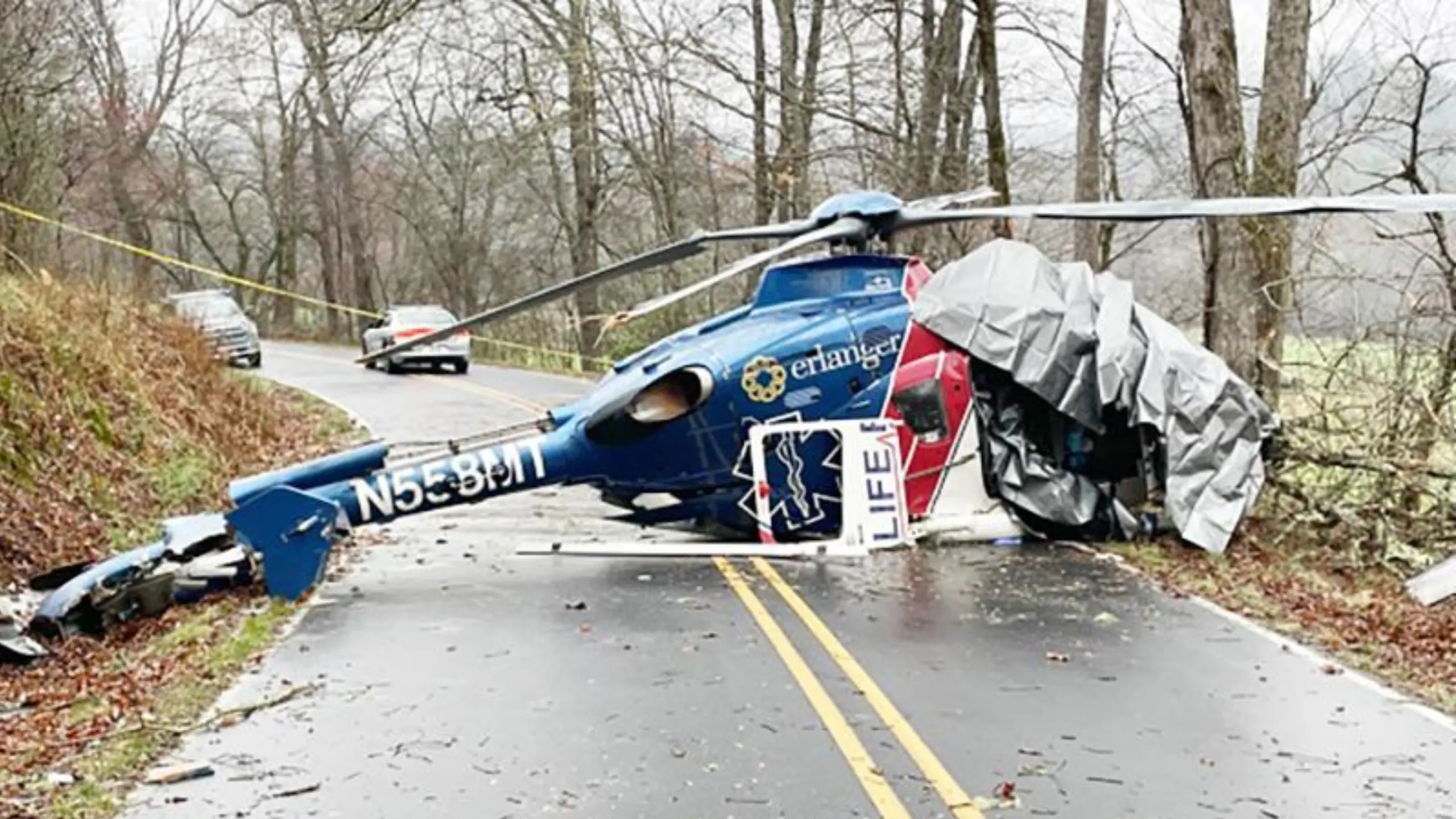When a Life Force helicopter crashed, tragedy hit the field of emergency medical services (EMS), emphasizing the dangers and problems encountered by those who provide essential treatment in life-threatening circumstances. In this essay, we look at Life Force Helicopter Crashed, the function of helicopters in EMS, the reasons for helicopter accidents, and the influence on the EMS community.
The Life Force Helicopter Crash: An Overview
The accident of a Life Force helicopter sent shockwaves across the EMS industry. The event happened on a regular trip, reminding us of the perils that air medical transport employees face daily. The helicopter was on its way to a critical care transfer when it was hit by unanticipated circumstances, resulting in a sad accident.
The Role of Helicopters in Emergency Medical Services
Helicopters play an important part in emergency medical services, giving patients in isolated places or those in need of immediate medical treatment with rapid evacuation and critical care. These airborne units serve as a lifeline, connecting patients to modern medical institutions. They shorten travel time dramatically, ensuring quick treatment and boosting the odds of survival in life-threatening cases.
Safety Measures and Protocols in Helicopter EMS
To reduce dangers, helicopter EMS operations follow stringent safety standards and regulations. Comprehensive pilot training, strict aircraft maintenance, weather monitoring, and adherence to flying laws and regulations are among them. Medical workers are specially trained to deal with the specific problems of delivering treatment in a helicopter setting.
Causes of Helicopter Crashes in EMS Operations
A multitude of circumstances might cause helicopter accidents in EMS missions. Common reasons include bad weather, mechanical breakdowns, pilot mistake, and communication problems. Investigating these mishaps enables the industry to identify areas for improvement and apply stronger safety standards to avoid future tragedies.
The Life Force Helicopter Crash: Incident Analysis
The Life Force helicopter accident is being thoroughly investigated to understand the relevant reasons and lessons to be learned. Flight data, pilot certifications, maintenance records, and other pertinent information will be examined by experts. The investigation’s goal is to give useful information and suggestions to help avoid such mishaps in the future.
Impact on Emergency Medical Services
The accident of a Life Force helicopter has had a significant effect on the EMS sector. It serves as a sharp reminder of the hazards inherent in delivering critical care, requiring a heightened emphasis on safety standards and protecting EMS personnel’s well-being. The tragedy has also highlighted the resiliency and devotion of people working in EMS. Who continue to serve their communities in the face of adversity.
The Importance of Air Medical Transport
In the EMS environment, air medical transport is critical. Helicopters’ speed and adaptability provide quick reaction times and access to isolated places. Enabling patients to get prompt and specialized treatment. Helicopters outfitted with modern medical equipment and competent medical teams can stabilize patients and promptly transfer them to proper medical institutions, boosting the likelihood of a favorable result.
Ensuring Safety in Air Medical Operations
Following the accident of the Life Force helicopter, the air medical business is dedicated to strengthening safety procedures. To reduce hazards, continuous training, severe maintenance inspections, and frequent safety audits are being adopted. Collaboration among industry stakeholders, such as aviation specialists, medical professionals, and regulatory authorities, is critical for cultivating a culture of safety and continual development.
The Resilience and Dedication of EMS Personnel
Despite the inherent dangers, EMS professionals demonstrate incredible resilience and devotion to their vocation. They work relentlessly to react to crises, giving life-saving treatment in difficult conditions. The Life Force helicopter accident serves as a reminder of these people’s sacrifices, and their dedication to helping their communities should be acknowledged and encouraged.
Coping with Tragedy and Supporting the EMS Community
Following the Life Force helicopter tragedy, it is critical to recognize the emotional toll it takes on EMS professionals. It is critical to support the impacted people and their families, as well as the larger EMS community. To address the emotional effect of such situations, counseling services, peer support programs, and resources for mental health and well-being should be easily accessible.
Conclusion
The Life Force helicopter disaster has highlighted the dangers that air medical transport professionals confront, as well as the need of upholding safety standards in EMS operations. This tragedy highlights the resiliency and passion of EMS employees who save lives every day. Let us reaffirm our commitment to supporting the EMS community and safeguarding the safety of those who give their lives to delivering vital care as we reflect on this occasion.

